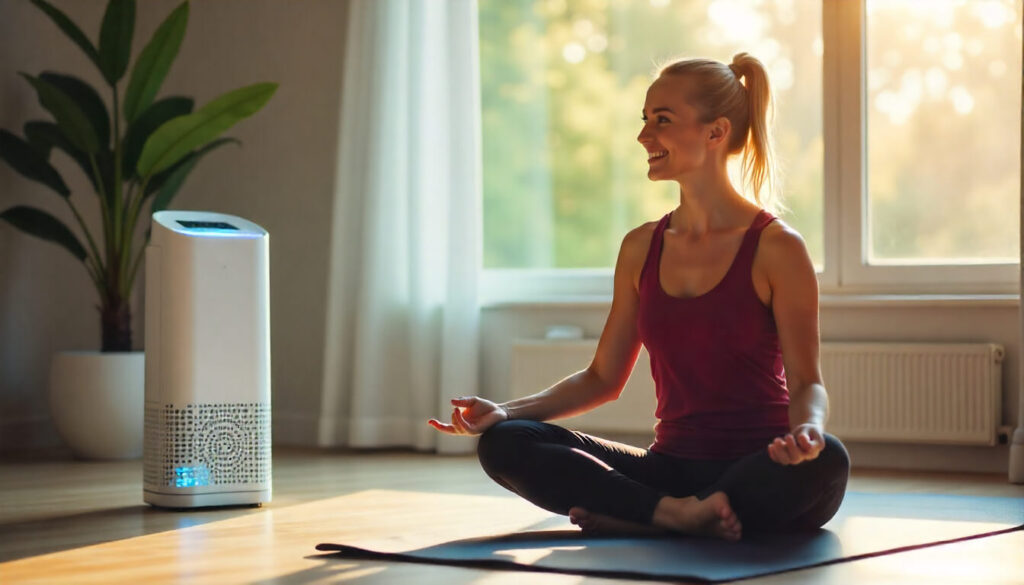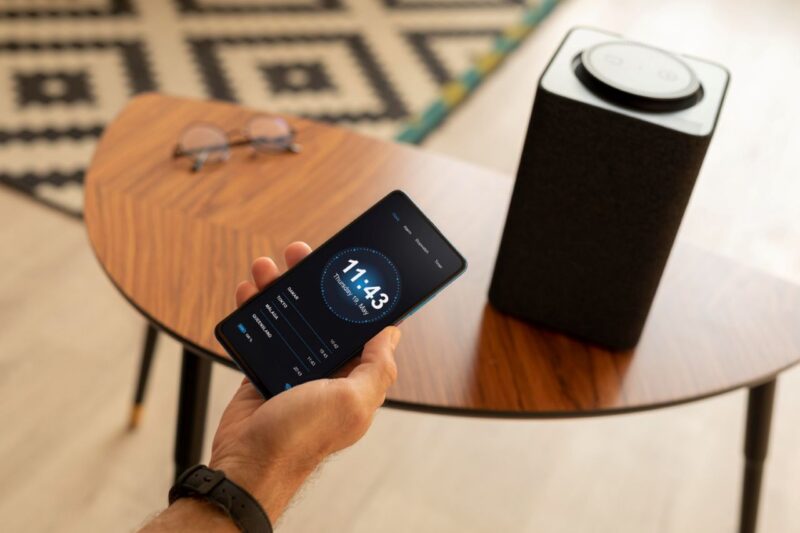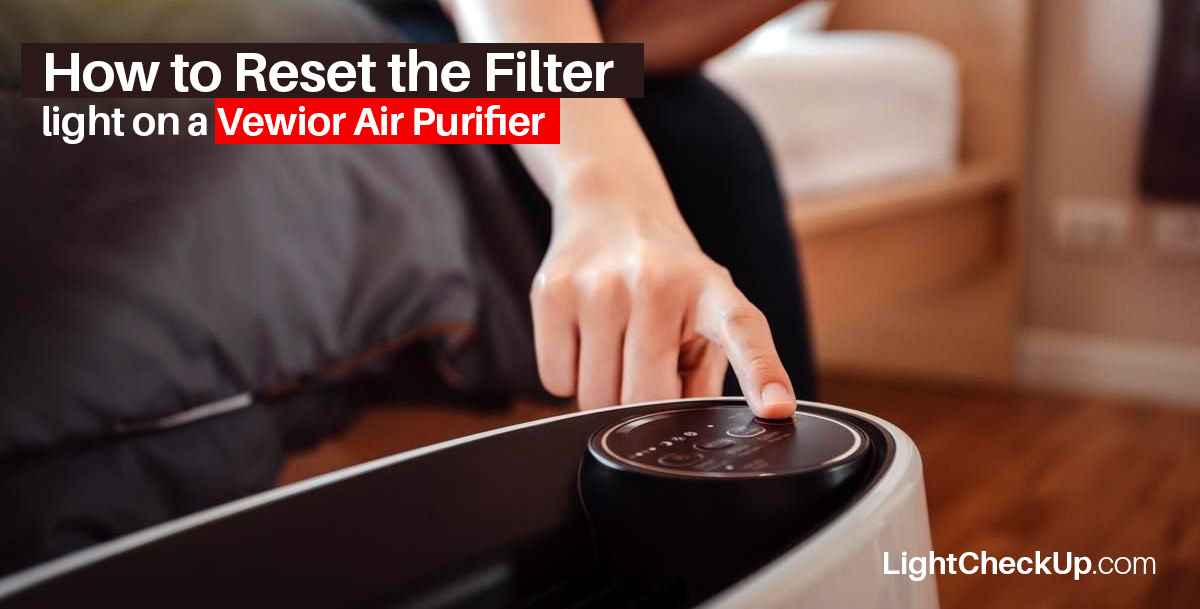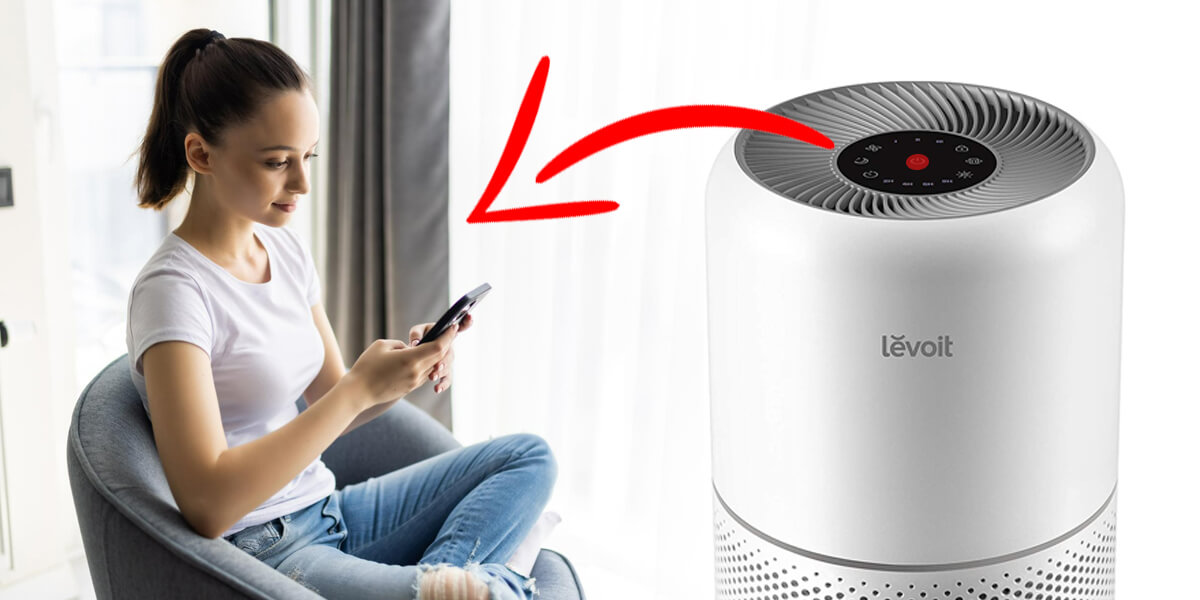The wellness industry has a new star, and it’s taking the world by storm. It’s so wonderful to see how air purifiers have transformed from niche appliances into must-have wellness devices. Are Air Purifiers Worth It? The market has grown and grown, reaching an incredible $16.58 billion in 2025. The industry is projected to hit $30.63 billion by 2032 with so many people seeking wellness.
A staggering 8.4% growth rate is behind the sleek marketing and wellness claims, but there’s more to it than that.
The Perfect Storm That Created the Craze
Several factors converged to turn air purifiers into wellness icons. COVID-19 raised awareness about airborne pathogens, and families had more money to spend on health-focused home improvements. There’s a market for clean air devices because air pollution and asthma rates are up.
The shift wasn’t just about health—it was about taking control. As people spent more time indoors, the quality of home environments became paramount.
The air purifier fits perfectly into the broader wellness movement that emphasizes personal agency over health outcomes.
What Science Actually Says?
Though it may seem like air purifiers are just a marketing gimmick, there is a lot of solid research that shows they can really help.
Respiratory health benefits

Multiple studies demonstrate clear respiratory improvements from air purifier use. The EPA has documented statistically significant improvements in respiratory health and allergy symptoms across eight different research studies.
For asthma sufferers specifically, the evidence is particularly compelling.
- Francis et al. Found that adult asthmatics using HEPA air cleaners showed statistically improved bronchial reactivity and reduced treatment requirements over a year-long study.
- Research by Sulser et al. Revealed significant reductions in nocturnal symptoms, including stuffy nose, among asthmatic children using HEPA filters
- Air purifiers can reduce particulate matter levels in bedrooms by an average of 50%, with some studies showing reductions of 69-80%.
Cardiovascular improvements
Perhaps surprisingly, the benefits extend beyond breathing. Ten of eleven studies reviewed by the EPA showed statistically significant cardiovascular health improvements from air cleaner use. Research by Weichenthal et al.
Found that air filter use was associated with a 7.9 mmHg decrease in systolic blood pressure.
Allergy and asthma management
For the millions of people with allergies and asthma, air purifiers offer measurable relief. HEPA filters can capture 99.97% of particles as small as 0.3 microns, effectively removing common triggers like:
- Pet dander
- Pollen grains
- Dust mites
- Mold spores
- Some bacteria and viruses
Studies show that airborne allergen reduction significantly decreases asthma attack frequency and severity, particularly for those sensitive to indoor allergens.
The Technology Behind the Claims
Not all air purifiers are created equal, and understanding technology helps separate effective devices from wellness theater.
HEPA: The Gold Standard
HEPA technology dominates 40.2% of the market for good reason. These filters trap at least 99.97% of particles as small as 0.3 microns, making them highly effective against the most common indoor pollutants. The science is clear: HEPA-equipped portable air cleaners can reduce indoor PM2.5 levels by typically 50-60% in real-world conditions.
Multi-stage filtering
Modern air purifiers often combine multiple technologies.
- Pre-filters capture large particles
- HEPA filters handle fine particles and allergens
- Activated carbon absorbs odors and some chemicals
- UV light may inactivate some pathogens
Smart Features and Monitoring
Today’s devices incorporate AI and sensor technology for real-time air quality monitoring and automatic adjustment.adjustment. These features align with consumer interests in smart home technology while potentially improving efficiency.
The Limitations and Realistic Expectations
The benefits of air purifiers are real, but they aren’t miracles. A realistic expectation prevents disappointment.
Room-specific effectiveness
A single HEPA unit in one room doesn’t provide air-cleaning benefits in other rooms. This means you need strategic placement or multiple units for whole-house benefits—a fact that significantly impacts cost-effectiveness.
Limited impact on gaseous pollutants
HEPA purifiers can sometimes reduce gaseous pollutants, but studies are limited and with inconsistent results. They’re most effective against particulate matter rather than chemical vapors or gases.
Variable Real-World Performance
Laboratory conditions differ from real homes. Five HEPA units running simultaneously in separate rooms achieved only 58% of their theoretical performance due to air circulation limitations.
Read Also: Can an Air Purifier and AC Be Used Together? Your Complete Guide
Who Benefits Most from?
The research reveals that air purifiers provide the greatest benefits for specific populations:
Vulnerable Groups
- Children and elderly individuals with developed or compromised respiratory systems
- People with asthma or allergies who have identifiable triggers
- Individuals with compromised immune systems
Specific situations
- Homes with pets (for dander control)
- Areas with high outdoor pollution
- Smokers’ households
- People are sensitive to seasonal allergens
You can make an informed decision.
The air purifier wellness craze has legitimate foundations, but smart consumers should consider several factors:
Cost vs. Benefit analysis
With quality HEPA units ranging from hundreds to thousands of dollars, plus ongoing filter replacement costs, the investment should align with specific health needs rather than general wellness goals.
Environmental factors
You can use an air purifier if you live near busy roads or high pollution areas. It may be better to open windows in clean environments for natural ventilation.
Realistic expectations
Air purifiers improve indoor air quality but won’t cure respiratory conditions or replace proper medical treatment. They’re supportive tools, not standalone solutions.
Air purifiers evolved from simple appliances to wellness essentials because they deliver measurable benefits for specific health concerns. They are shown to be effective for respiratory health, allergy management, and even cardiovascular improvements-but mainly for those with existing sensitivities.
Read Also: How Much Energy Does an Air Purifier Use?
There are benefits to wellness crazes that are most pronounced for vulnerable populations. The improvements may be too subtle for healthy individuals in clean environments.
The key is matching technology to your specific needs rather than buying into broader wellness promises. A quality HEPA air purifier can improve your health if you suffer from asthma or allergies.
The marketing suggests modest benefits when it comes to general wellness.
As with many wellness trends, the truth lies between the extremes. The health-conscious world has called for air purifiers, but they’re not magic.








